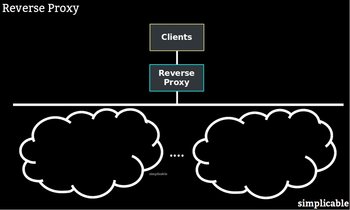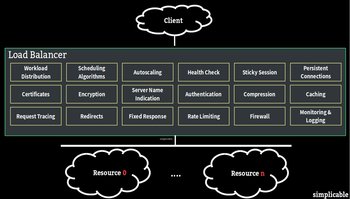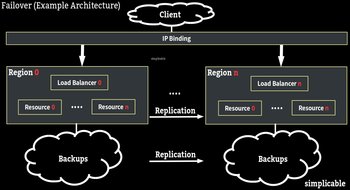Proxy vs Reverse Proxy
Proxies make requests for clients. This is often done to monitor traffic and implement policies that may block certain types of request.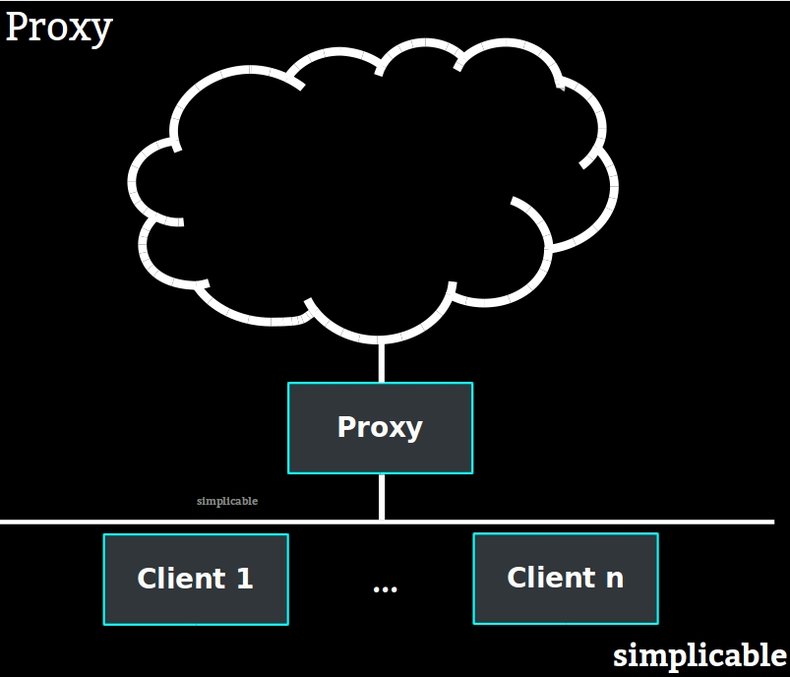
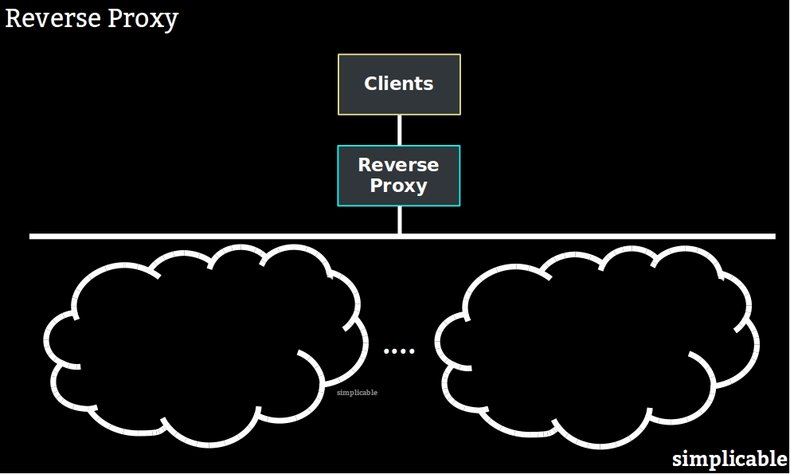
Proxy Example
A firm configures its internal networks such that employees need to pass through a proxy to access the internet. This allows the firm to generate an audit trail and to block resources that are viewed as a security threat.Reverse Proxy Example
A backend for a mobile app handles requests using a load balancer that connects to instances of a server running on cloud infrastructure. The cloud instances are scaled up and down to handle load conditions. The load balancer is a reverse proxy that forwards requests to instances to distribute load. Clients view the load balancer as a server and need not be aware that requests are forwarded.| Proxy vs Reverse Proxy | ||
Proxy | Reverse Proxy | |
Definition | A service that makes requests on behalf of clients. | A service that fulfills requests on behalf of servers. |
Pattern | Make many clients appear as one. | Make many servers appear as one. |
Type | ||
Common Implementations | HardwareSoftware Service | HardwareSoftware Service |
Common Uses | MonitoringLoggingBlocking Requests | Load BalancingCachingContent DeliveryAPI GatewaysSecurity Scanning |












